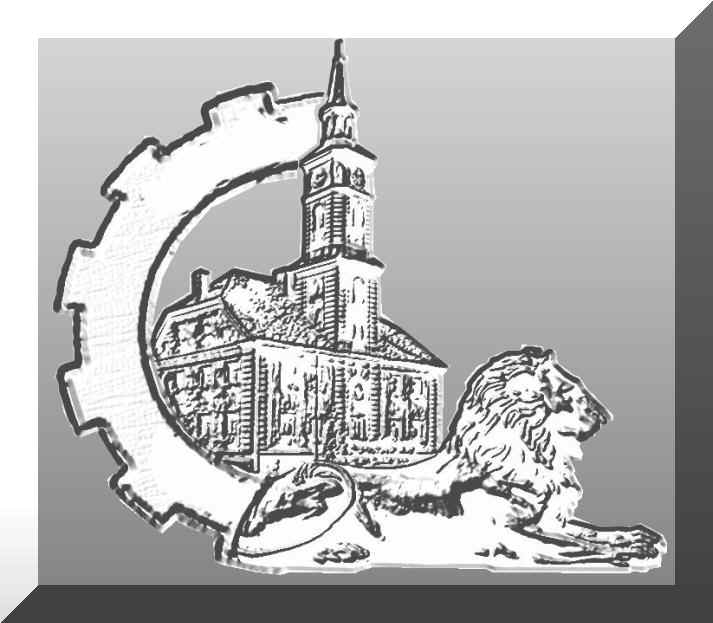|
„Gliwickie Metamorfozy” |
John
Baildon
–
11.12.1772–7.08.1846 |
Małgorzata
Malanowicz
Photo by: W. Kwietniewski, M. Malanowicz
Translation: I.Wrodarczyk, W. Kwietniewski
Gliwice 2005
|
 |
www.gliwiczanie.pl |
 |
gliwickie_metamorfozy@op.pl |
|


| |
|
|
|
|
He was born in Larbert near Edinburgh on the 11th of December
1772. He studied mechanics and hydraulics. Later in the steelworks in
Carron, under the care of his father (engineer), he got to know some
details about processing of iron and about foundry.
He came to Tarnowskie Góry in Autumn 1793, because of the invitation of
count Fryderyk Reden. John
Baildon was 21 years old at that time.
Despite the fact of being young he became an adviser
and main engineer in constructing
the
Royal Cast Iron Foundry. His main task was to design the big
coke furnace and to control
its
construction. |

|
|
| |
|
|
|
| |
|
|
|
|

|
In spite of the many difficulties the furnace was
put into operation in Autumn 1996. It was the first furnace (except
England) in Europe. Simultaneously Baildon modernized the “Mała
Panew” Steelworks in Ozimek. A foundry of gun-barrels designed by
him was the most modern and efficient in Prussia. He also started a
section of bridge parts constructions. First iron bridges in Silesia were
produced there: in 1796 bridge over Strzegomka river in Lazany and in 1827
bridge over Mała Panew in Ozimek (still existing!).
His uncommon diligence, energy and talent caused that in January 1798 ha
was appointed a state technical adviser of the steelworks industry on the
Upper Silesia. At this post he was realizing the biggest industrial
enterprise in Europe of those years. Under the management of Reden, in
cooperation with Jan Wedding he controlled the build of Royal Steelworks
in Chorzów, which became the biggest and the most modern metallurgical
works in Europe.
|
|
|
|
|
|
|
Baildon also put into service a steelworks in Sławięcice and a factory
for the Cistercian monastery in Rudy. During the wars of Napoleon he went
to Moravia, where he modernized the industry works in Frydland. After he
came back to Silesia, he started a zinc mine in Brzozowice and “New
Helen” and “Szarlej” Steelworks. His invested all his
possessions to build a steelworks in Katowice-D±b (later
named „Baildon”), near Rawa river. |
|
|
|
|
|
|
He settled down in Gliwice with his wife Helen Galli. They got married in
1804, she was 12 years younger and they say that she was very beautiful.
Her father, Francis was a rich merchant, his family originated from Italy.
John and Helen were living in a house on the market square, they had 7
children – 5 boys and 2 girls.
Baildon
bought also an estate in Łubie, where his son Arthur built a palace for
the family in 1860. After the nationalization it was seriously damaged, it
was renovated at the beginning of 1990-ties, now there is a house of
social care.
|

|
|
|
|
|
|
|
The Palace in Pogrzebień also belonged to the Baildon family. |

|
|
|
|
|
|
|
 |
 |
|
|
|
|
|
|
He was a man of action – hard-working, thrifty and with great
respect for order. He died at the age of 74 –
he was active and devoted to his work to the end of hid days. His
tomb in the shape of a neo-gothic, cast-iron chapel is situated in GZUT
– on the cemetery only a pedestal left. |
|
|
|
|
|
|

|
 |
|
|
|
|
|
|
Nearby the church in Łubie, on the small cemetery some members of the
family are buried: Baildon’s wife Helen, his son Arthur, grandson
Arthur and the members of next generations.
“Dead are blessed, because they rest after work and their works
bespeak of them” – such epitaph we can see on the tomb of
Arthur Baildon. It was undoubtedly a motto of him and his father.
|

|
|
|
|
|
|
|

|
Two children of John and Helen – William (1805-1833) and Maria
(1820-1850; married with count von Strachwitz) are buried on the
monumental cemetery in Bełk.
|
|
|
|
|
|
|
Source:
Henryk
Christoph, Eugeniusz Paduch - "John Baildon "
Franciszek Maurer - Zeszyty Gliwickie 18-19
(1987-1988)
Szymon Silczak ©
2000 by Sebastian Dziechciarczyk - http://www.montes-tarn-gory.pn.pl/powiat/baildon.htm
Krzysztof Gilecki
|
|